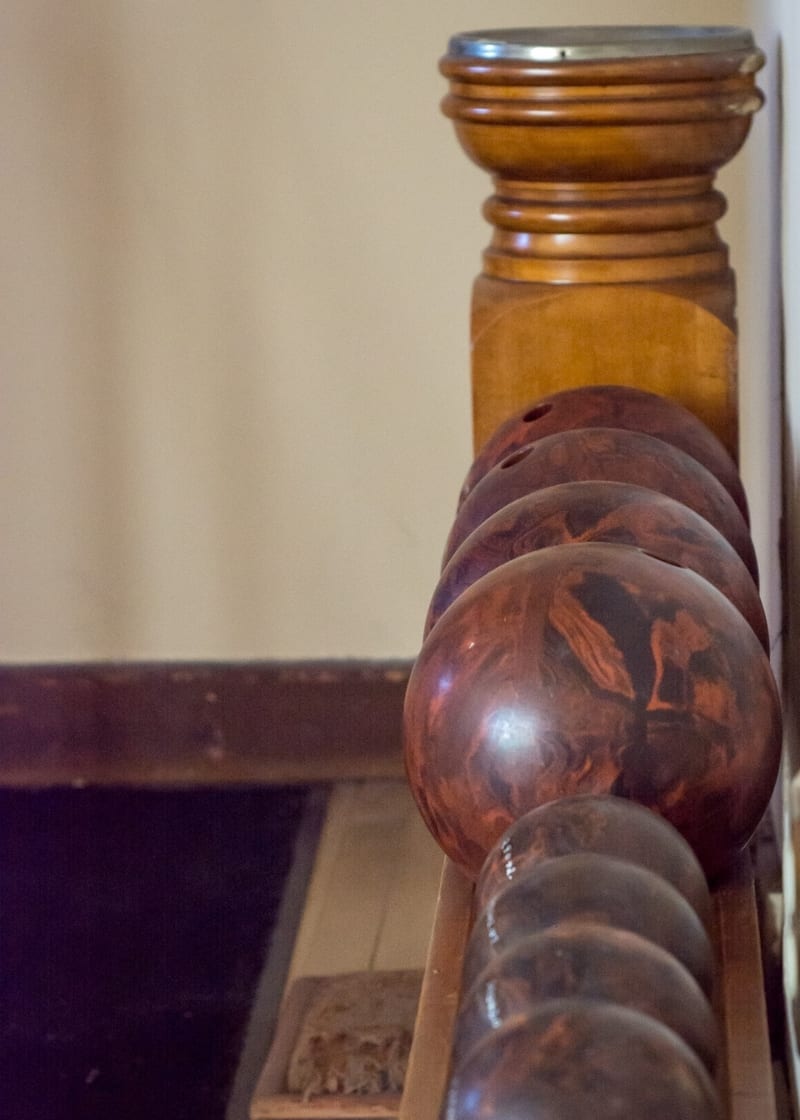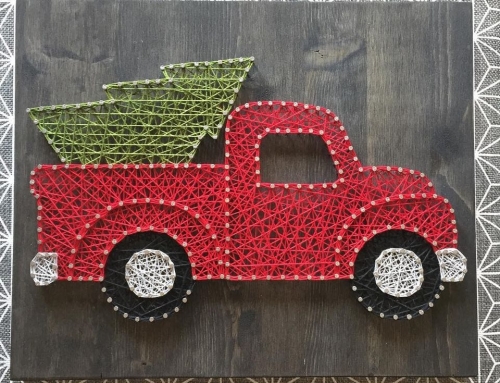Historically, the bowling ball was made of lignum vitae, a very hard, dense wood, until, 1905 when the first rubber bowling ball “Evertrue” was introduced. With the success of Evertrue, the Brunswick Corporation produced their first rubber mineralite ball in 1914, marketing it as a “mysterious rubber compound”. The cleverly advertised product was launched through a series of YMCA bowling appearances, taking the new mysterious compound ball across the USA to an inclined audience. According to sources, in the early part of the 1900s, no one was thinking or concerned about the relationship between the composition of the lanes and the balls.
History
As a social historian, I am more curious about the bowling alley and the culture that developed around it throughout the 20th century. The fact that many wealthy persons, like the McLaughlin Family, had bowling lanes included in their homes, because i) they could and ii) it was part of the keeping up with the Jones’s among society folk is evident, but what about the post-war popularity and boom that everything bowling evokes? Think clothing and shoe styles, bowling as a prevalent past time on the Flintstones and everything else pop culture that developed throughout this time period. Even the White House had two lanes installed in 1947. A 1958 quote from the American Society of Planning Officials sums up the pastime succinctly, “the bowling alley is fast becoming one of the most important if not, the most important, local centre of participant sport and recreation”. The blue collar country club, in post-war prosperity the bowling lane dominated society, especially when the weekly leagues and competitive hierarchies were developed and workplaces embraced it as a means of social outings. Bowling became the social imperative for many Americans throughout this era, an era that American culture dominated the world.
(In my research what was as equally as interesting in terms of the cult of the Bowling Alley is its demise in the 21st century)
The Parkwood Bowling Balls? On close inspection and due to conjecture, our lane was developed and installed by the Brunswick Corporation, the bowling balls, both 5 pin and 10 pins in our collection, are rubber mineralite. The grain effect, a popular look in the early days of the rubber mineralite compound, a faux technique that was part of the composition as a throwback to the wooden bowling balls of the past.


